How To Transition Dogs To A New Diet
There are many moments in a dog’s life when you need to transition them from one diet to another type of food. In some cases, you need to feed a bland diet and then transition back to their everyday meal.
My senior dog Shermie has renal disease, and changing his diet was an immediate step to setting his kidneys up for success. We had to change from kibble to a fresh food diet, and this was overwhelming to consider when his GI issues are always a problem. The key is to transition slowly to a new food. There is a general rule of thumb and guide that pet parents can follow. The key is to watch your dog’s stool and bowel movements.
Benefits of a Bland Diet
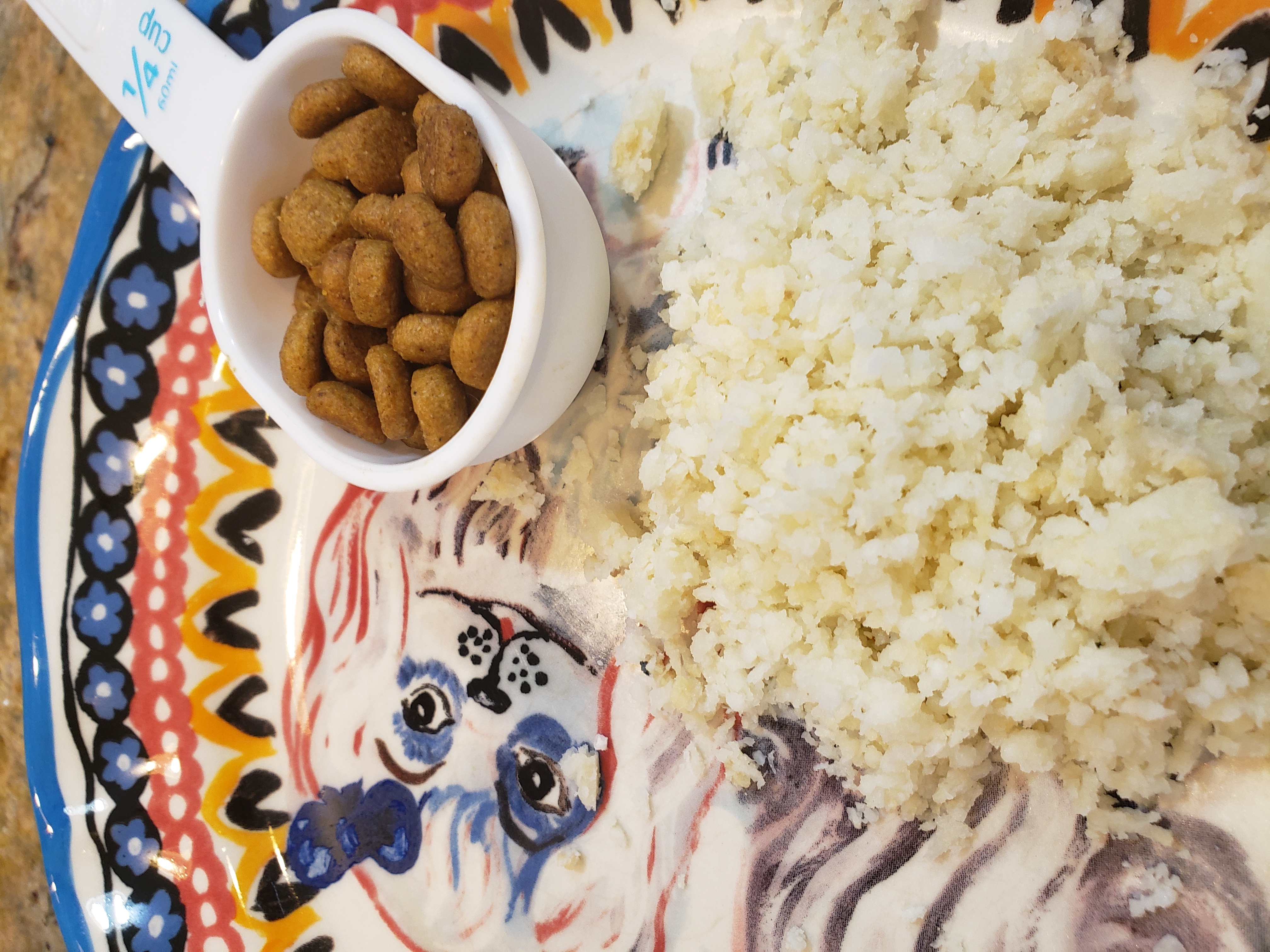
If your dog is experiencing GI upset, you need to consider a quick and easy bland diet. You can make a bland diet by boiling chicken and white rice. The white rice helps aid with digestion. Do not use brown rice. Feed your dog small meals of chicken and rice throughout the day.
The American Kennel Club has a guide on which food is on the shortlist for dogs with diarrhea!
You will need to transition back to kibble (or whatever diet you’ve been feeding) after seeing healthy stool, so the below applies to any diet transition.
Transition to a New Diet Over 7 Days
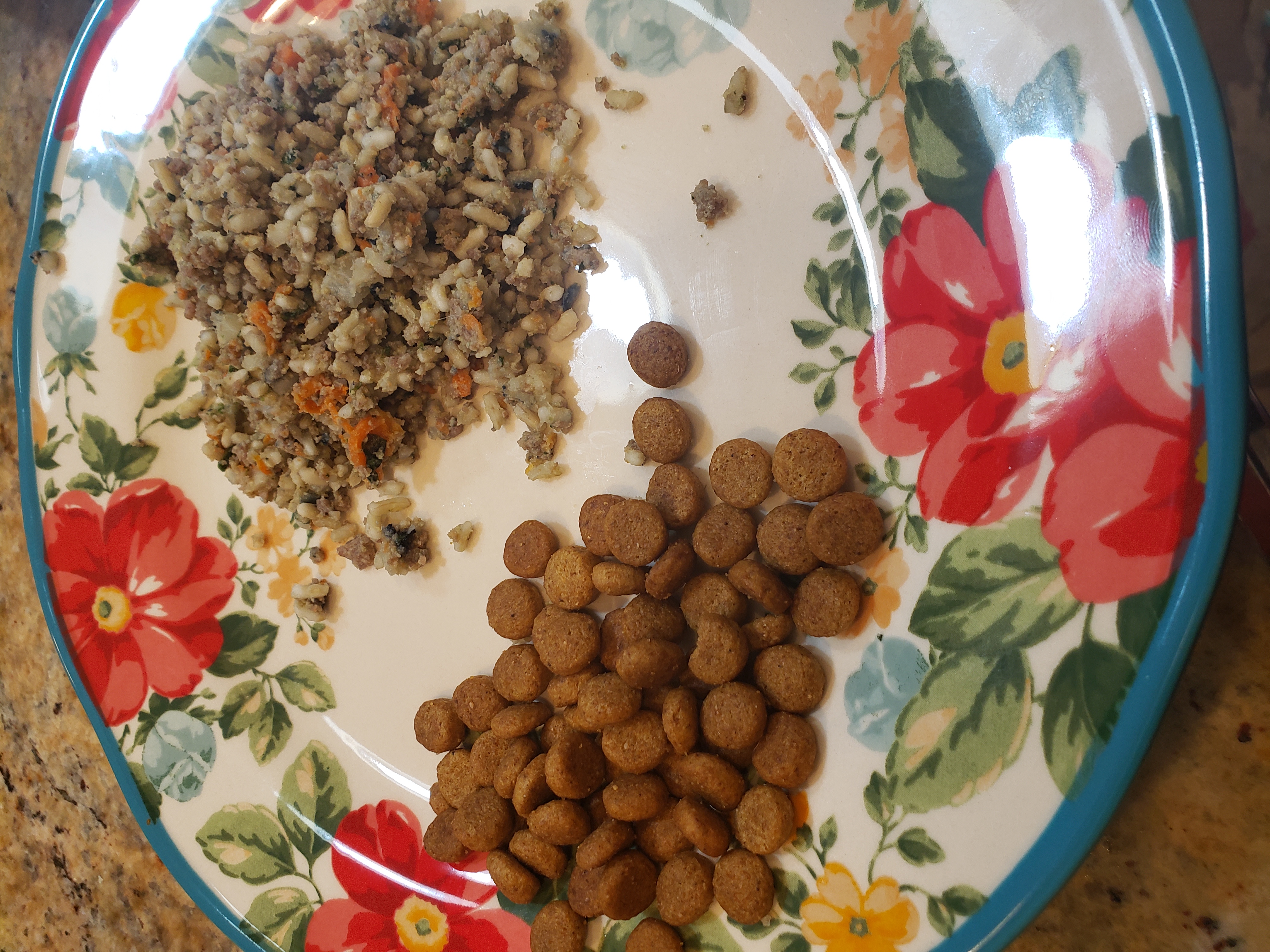
Many experts and vets recommend a slow transition for a week or longer. Here is a typical schedule. Portland Pet Stores also has a great food transition schedule.
Days 1-3:
Mix 20 to 25 percent of the new food with 80 percent of the old food (kibble in most cases). Always watch for soft stool. If by day three there are no issues, you can move on to the next step.
Days 3 and 4:
Mix about 40 percent of the new food with about 60 percent of the old food. Move to more of a 50/50 percent split around day four if everything is going smoothly.
Days 5-7:
Mix 80 percent of the new food with 20 percent of the old food. Suppose you notice GI upset, then back it up and return to the 50/50 split. If all is well, then move to 90 percent new food and about ten percent old food by the end of the week.
If your dog has soft stool or diarrhea during this transition or has total inappetance, it’s essential to consult with your vet. For example, when I’ve transitioned Sherman in the past, I’ve needed a short course of metronidazole which a vet can prescribe for a dog with GI upset.
Fresh Food Diets
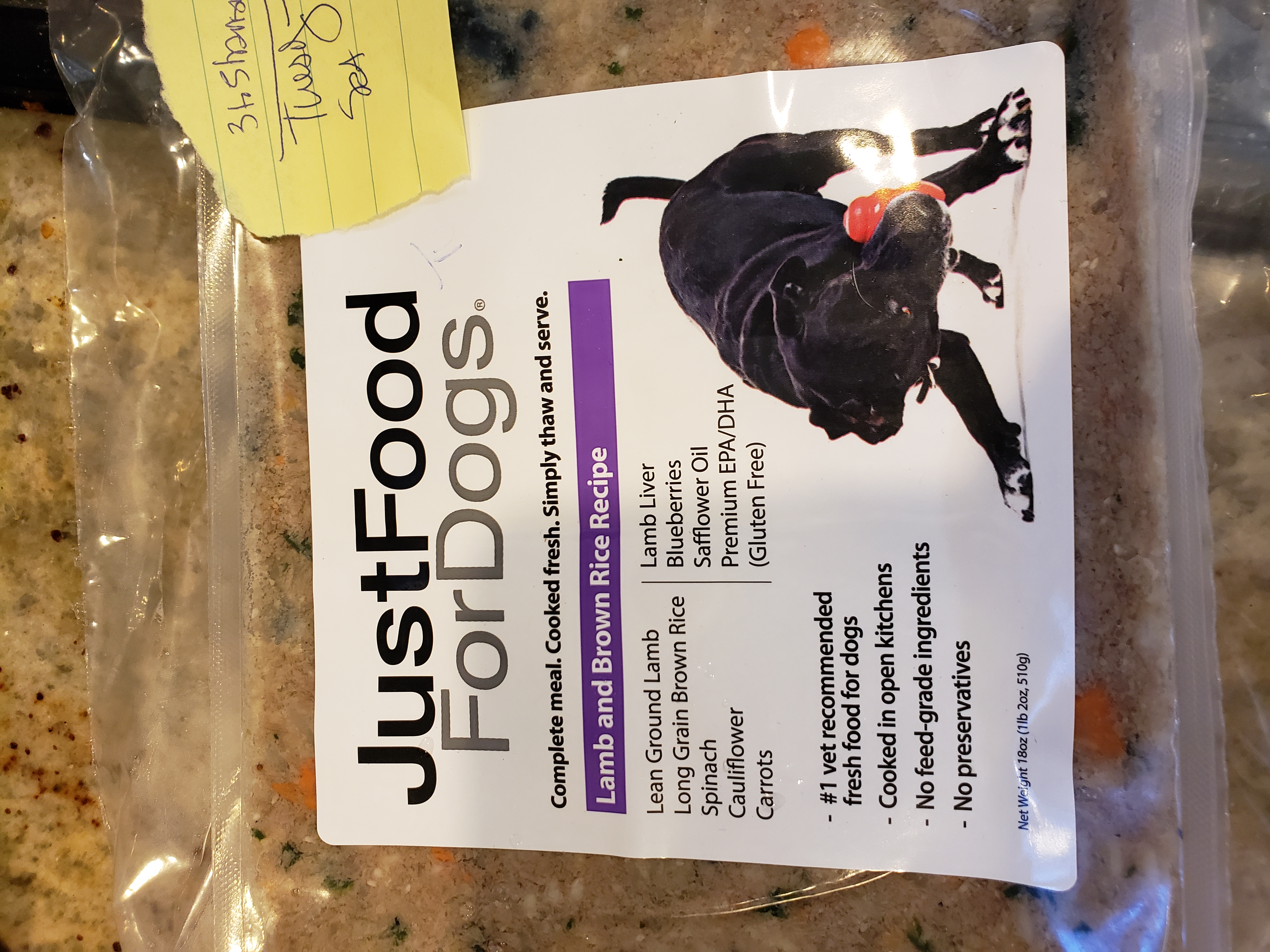
I’m giving a shout-out to Just Food For Dogs as their Rx renal diet for my senior dog with kidney disease is highly palatable. My doxie, Walter, eats Balanced Remedy, a diet for dogs with GI upset. This picture above is an example of a non-Rx diet you can buy without a vet’s approval.
My dogs love this fresh food, and they are losing weight. I’m grateful this brand delivers and offers diets made for dogs with various health issues. A group of vets creates the diet for each health issue, and they’re complete and balanced. Of course, you can cook a fresh food diet for your dogs, and some of the best recipes are in the book “Common Pet Ailments and Their Treatments” by Richard H. Pitcairn, DVM, Ph.D.
Does your dog need to be transitioned to a new diet? The best rule is to do this slowly and if you see loose stool, then stretch out the period to ten days. If there are any concerns, contact your vet!

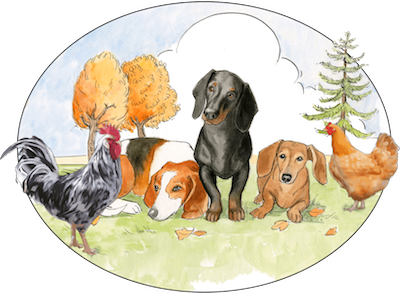
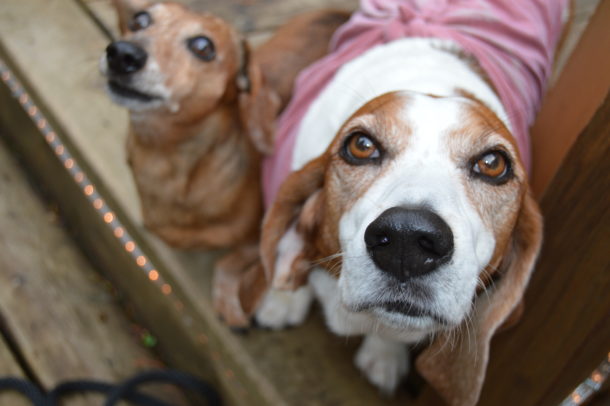
[…] was concerned this diet transition would not go smoothly, and I was right! Instead of reaching out to my vet, who I was planning to […]